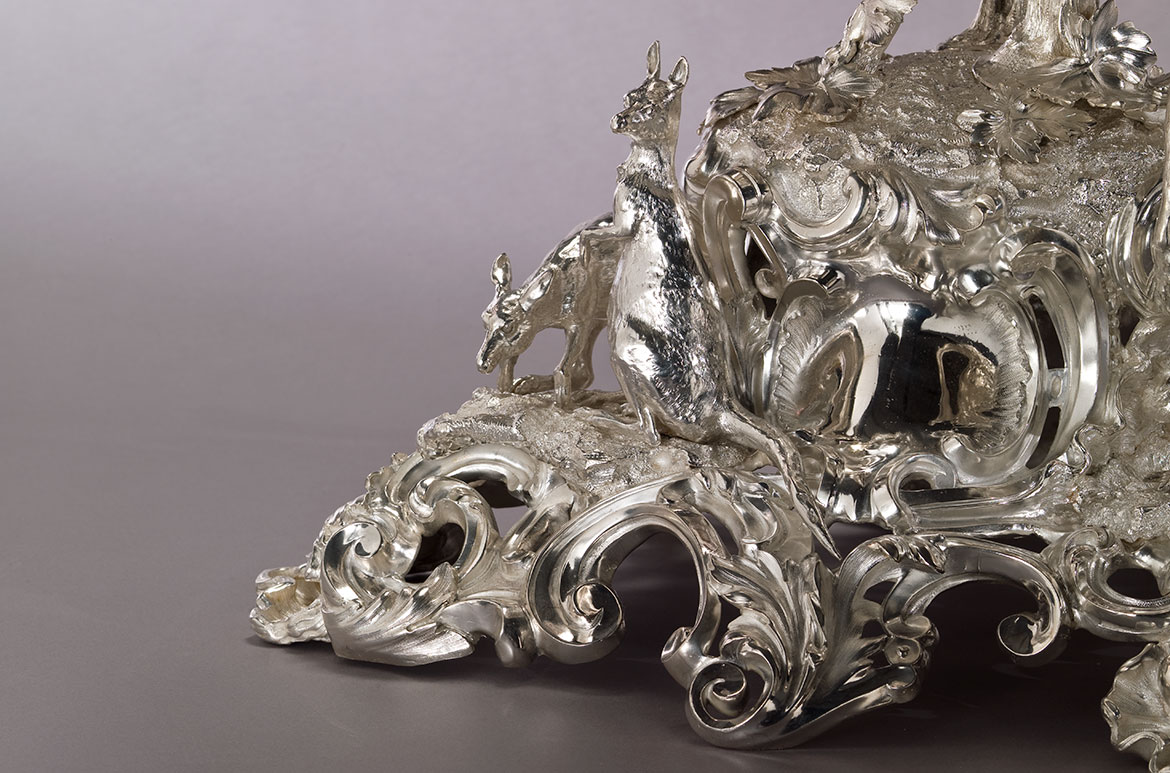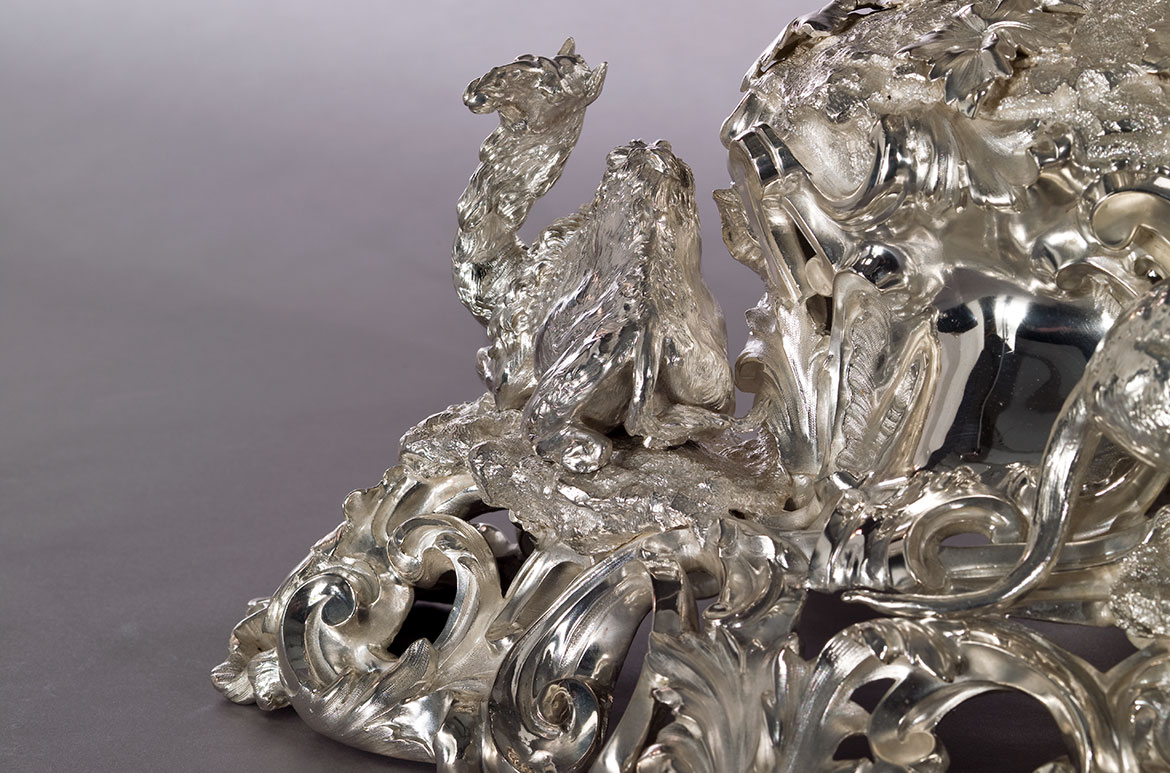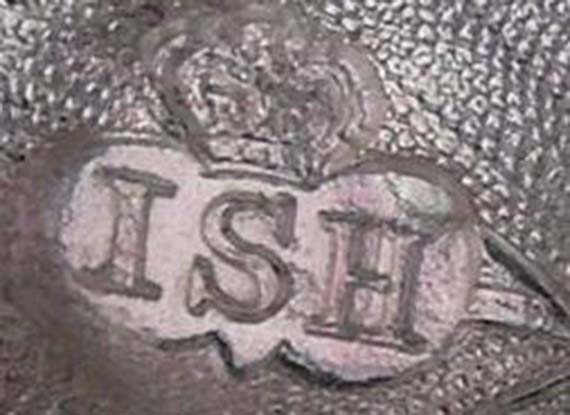
This magnificent Presentation vase 1864 is the most important example of Victorian silver in the Gallery’s Collection. Its elaborate decoration is unlike anything produced in the Australian colonies, though the beautifully cast and chased kangaroos and an emu (as well as a camel) around the base suggest that it was commissioned with an Australian connection in mind.
It is believed that the vase was presented to Charles Joseph Latrobe (1801-75) who was Lieutenant Governor of the Colony of Victoria from 1851 to 1854, before he returned to England. Removing inscriptions from presentation pieces when sold was quite common; it also removed any suggestion of financial difficulty for the owner.
SIGN UP NOW: Subscribe to QAGOMA Blog for the latest announcements, acquisitions, and behind-the-scenes features.
RELATED: Jewellery



Sterling silver is the British term that describes and alloy of silver containing 92.5% by weight of silver and 7.5% by weight of other metals, usually copper. This alloy gives strength to the silver while at the same time preserving the ductility and beauty of the precious metal. Silver marked 925 is the European equivalent.
Over the years, most countries in the world have developed their own systems of hallmarking silver. A hallmark is used to indicate the purity of the silver alloy used in making the piece; to identify the silversmith or the company that made the piece; and to note the date and/or the location where the piece was made.
British silver has been hallmarked with great consistency since the end of the 12th century and it represents one of the earliest forms of consumer protection. These hallmarks indicate that the article has been independently tested at an Assay Office and they guarantee that it conforms to the legal standards of precious metal content, known as the fineness.
The Leopard’s Head is the mark of the London Assay Office and has been in continuous use since 1300. By 1363 every gold or silver smith had to stamp each piece of work with their personal mark, to show that they had met the set standards.

In 1478, year marks were introduced to further protect consumers. A group of four punch-marks make up the hall mark which reads from left to right: the Lion passant is the British sterling mark; the Leopard’s head denotes that the Presentation vase was made in London; the Gothic ‘I’ is the date mark for 1864; and the head of Queen Victoria shows that duty has been paid.


Other marks on the Presentation vase include a punch with ‘Ish’ which show that it was made by John Samuel Hunt (1785-1865). Along the bottom edge is ‘Hunt & Roskell Late Storr & Mortimer’ which establishes that the firm was heir to the legendary Regency silversmith Paul Storr (1771-1844) who began his business as Storr & Co in 1819, ‘Breadalbane 1877’ probably relates to an inventory record for Gavin Campbell (1851-1922), 7th Earl of Breadalbane.
Glenn R Cooke is former Research Curator, Queensland Heritage, QAGOMA
Know Brisbane through the QAGOMA Collection / Delve into our Queensland Stories / Read more about Australian Art / Subscribe to QAGOMA YouTube to go behind-the-scenes
#QAGOMA
